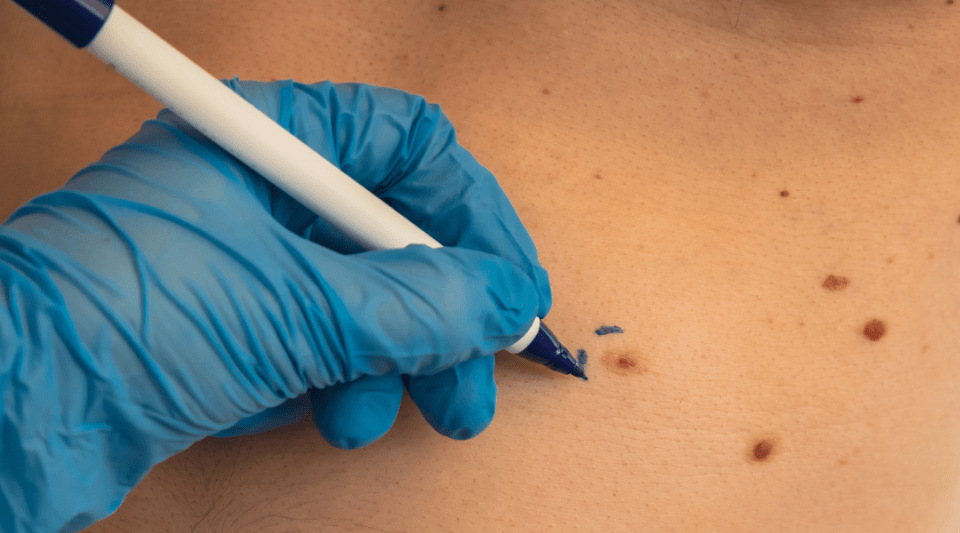Helicobacter pylori (H. pylori) is a spiral-shaped bacterium that grows in the digestive tract and is usually acquired during childhood. It is present in more than half of the world's population and is a common cause of stomach ulcers. The route of transmission is saliva, vomit or faecal matter, but it can also be transmitted through contaminated food and water. People living in developing countries are most vulnerable to becoming infected. This is because the risk factors that facilitate transmission are more likely to be present, such as overcrowded living conditions and a lack of clean water. The most common symptoms are heartburn and severe stomach pain, nausea, loss of appetite, frequent burping, bloating and unintentional weight loss.
Infection-related complications range from ulcers (about 10% of people with the infection have them) to inflammation of the stomach lining (causing irritation and gastritis) and stomach cancer, if left untreated
There are 4 tests for the diagnosis of H. pylori:
- Blood tests. To obtain the antibodies produced by the organism against the bacteria. If there is infection, these can be detected.
- Breath test: H. pylori converts urea to CO2, which is detected in the breath if infection is present. This test is performed to confirm the diagnosis and also to confirm eradication of the bacteria one month after treatment.
- Stool test: This detects bacterial antigens in faeces. It is usually done after treatment to determine if this has been effective.
- Digestive endoscopy: This test examines the oesophagus, the lining of the stomach, and part of the small intestine. It shows if there are ulcers, MALT lymphoma (a type of cancer of the mucosa-associated lymphoid tissue) and cancer.
If H. pylori infection is confirmed, antibiotics will be prescribed and/or other medications to relieve the pain. Taking the medication rigorously, as prescribed, is very important so that resistance is not created and the problem worsens. Currently, there is no monotherapy effective enough to eliminate it, or a vaccine, since it has a great ability to evade the immune system. In the last 20 years, the bacterium has been observed to increase its antibiotic resistance and has become one of the 20 pathogens that represent the greatest threat in terms of the creation of resistance. For this reason, two or more antibiotics are usually prescribed along with a gastric protector to eradicate it.
However, reinfection can occasionally occur. This happens when there is an infection by a strain which is different to the one eradicated, or when the same strain is reactivated, remaining undetectable after treatment. If the medication guidelines indicated by the doctor are followed, the bacterium is eliminated in 90% of cases, and there should be no long-term complications. It has been observed that the use of probiotics for the treatment of the infection increases the rate of elimination of the microorganism and reduces the secondary effects of antibiotics on the intestinal microbiota. In this case, probiotics must be prescribed by the health professional.






